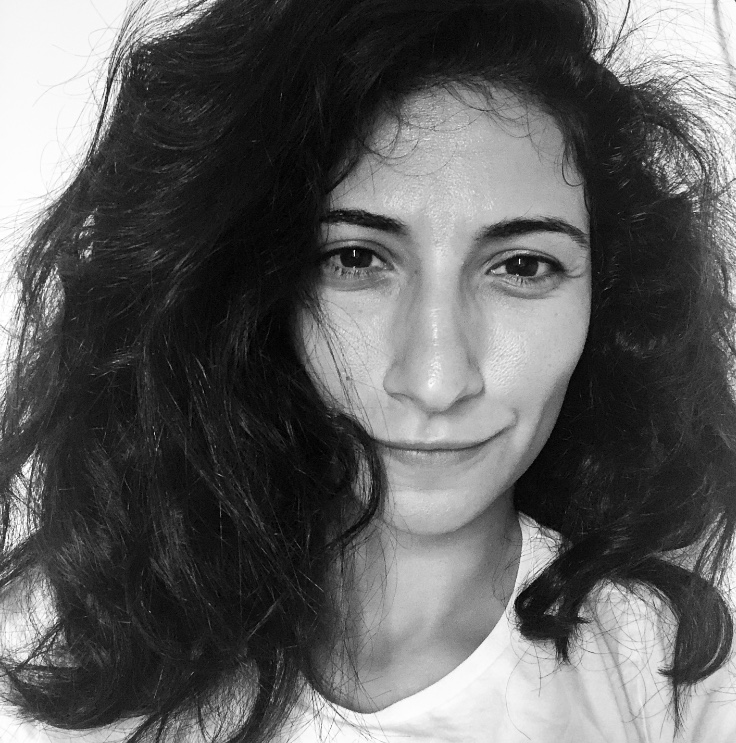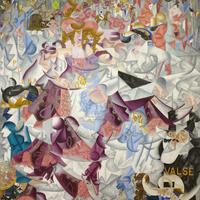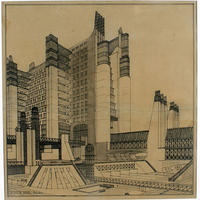More about Gino Severini
Works by Gino Severini

Contributor
The small town of Cortona, Tuscany wasn’t big enough for Gino Severini.
In 1906, Severini was headed for the big city: Paris, France where he found the city bustling with modernity. Paris boasted what Cortona couldn’t: dancers, music halls, cabaret, streets oozing energy, and colors, many, many colors. Color harmonies, to Severini, also conveyed sound and smell, and he set out to explore the intensification of sensations when provoked by an object.
World War One broke out and many of the Futurists enlisted in the Italian army. But before the band could disband, a movement had to be born. While in Paris in 1911, Severini introduced the color blocks and short brushstrokes of Cubism to the Futurists.
Severini was the strangest fella in a group that was already strange: the Italian Futurists. The dazzling movement of dancers interested Severini more than the industrial machines that gripped the other artists among the group. Disinterested in machinery and drawn to the fluid movements of dance, Severini could be found in the dance halls of Paris. Dance was captivating, enticing, exciting; within it, he saw the movements of the sea. “Sea = dancer,” he wrote.
Sources
- Christies, “Alberto Giacometti headlines Christie’s Impressionist and Modern art sale,” Salon Prive Magazine, January 25, 2020. Date accessed April 19, 2020. https://www.salonprivemag.com/alberto-giacometti-headlines-christies-im…
- Fraquelli, Simonetta, Gino Severini: From Futurism to Classicism. Haywards Gallery, 1999.
- Kleiner, Fred S., Gardner’s Art through the Ages: the Western Perspective. Wadsworth: Cengage Learning, 2010.
- Matterson, Annabel, “Severini seemed to relish the scandal caused by his radical visions of modern life,” Christies, January 29, 2020. Date accessed April 19, 2020. https://www.christies.com/features/La-Ferrovia-Nord-Sud-by-Gino-Severin…
- Meier, Allison, “Happy public domain day! From Stieglitz to Severini, 12 artists whose work is now copyright-free,” Hyperallergic, January 1, 2017. Date accessed April 19, 2020. https://hyperallergic.com/348453/public-domain-day-2017/
- Melikian, Souren, “Severini and Van Dongen, restless in a rudderless 20th century,” The New York Times, June 10, 2011. Date accessed April 19, 2020. https://www.nytimes.com/2011/06/11/arts/11iht-melikian11.html
- Poggi, Christine, Inventing Futurism: the art and politics of artificial optimism. Princeton: Princeton University Press, 2009.
- Stewart, Jessica, “Futurism: the Avant-Garde art movement obsessed with speed and technology,” My Modern Met, February 8, 2020. Date accessed April 19, 2020. https://mymodernmet.com/what-is-futurism/
Featured Content
Here is what Wikipedia says about Gino Severini
Gino Severini (7 April 1883 – 26 February 1966) was an Italian painter and a leading member of the Futurist movement. For much of his life he divided his time between Paris and Rome. He was associated with neo-classicism and the "return to order" in the decade after the First World War. During his career he worked in a variety of media, including mosaic and fresco. He showed his work at major exhibitions, including the Rome Quadrennial, and won art prizes from major institutions.
Check out the full Wikipedia article about Gino Severini












